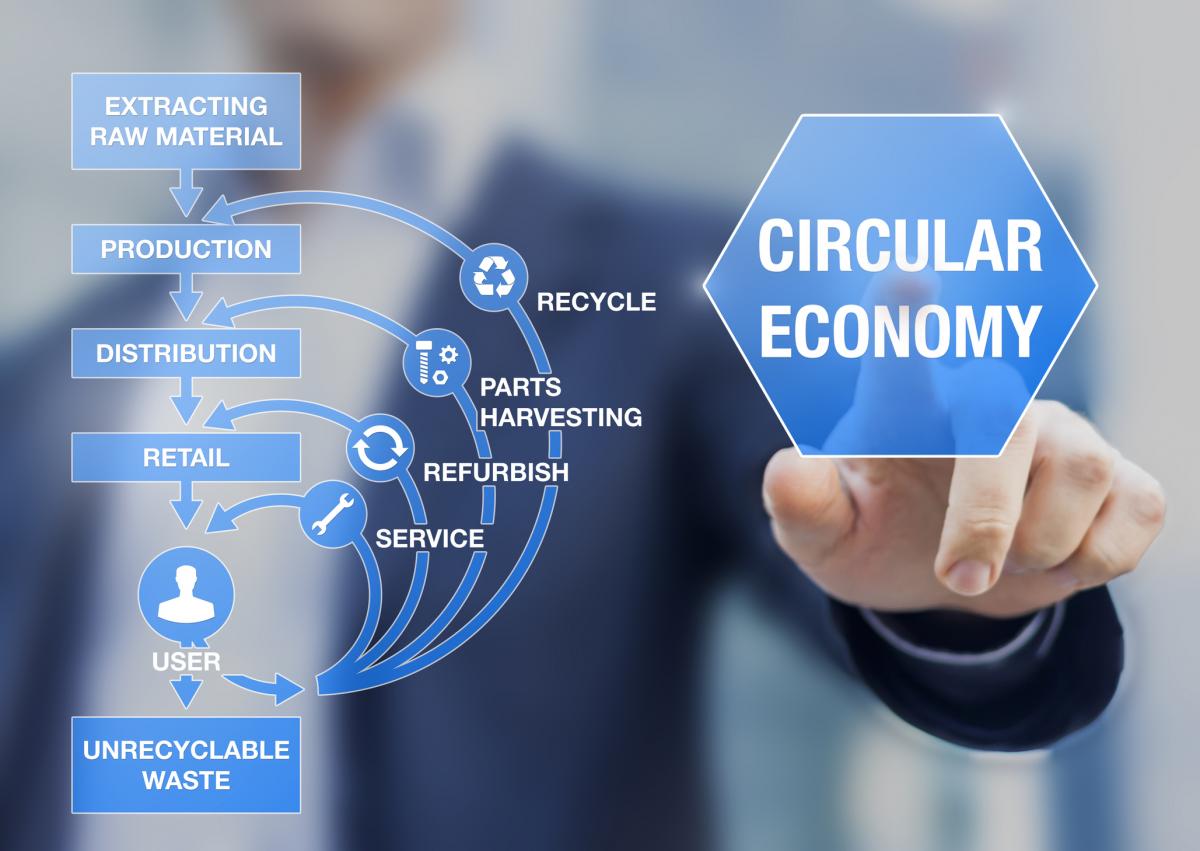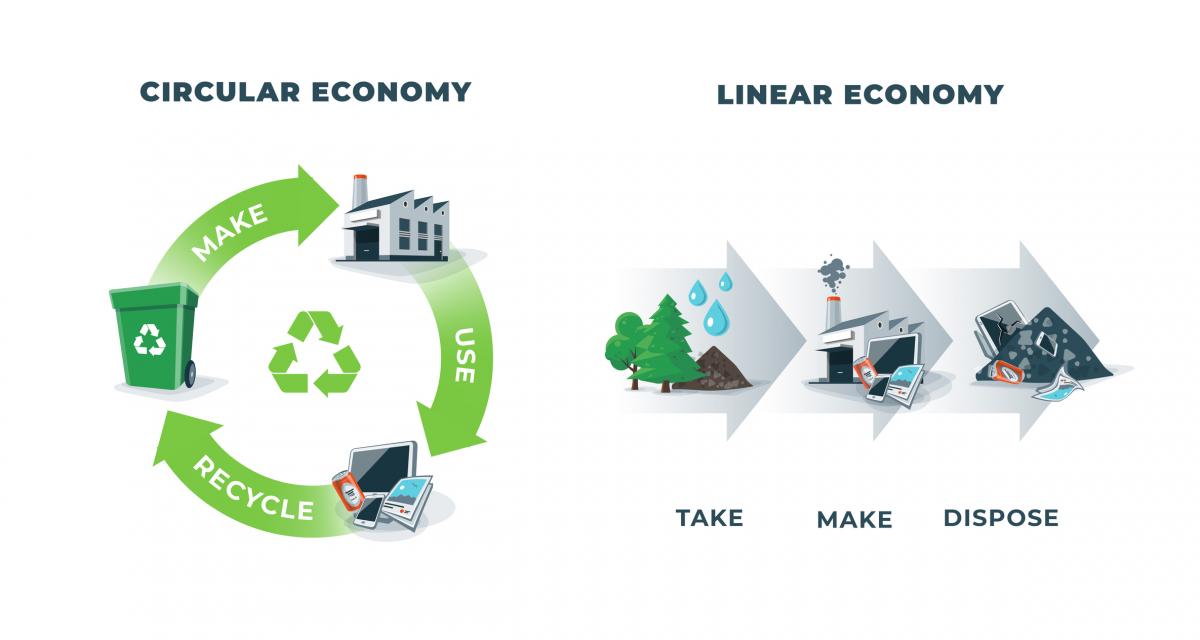Circular Cooling and Refrigerants
Circular Cooling and Refrigerants
Cooling demand has surged in the last decade, and is expected to continue growing at a significant rate, particularly in tropical and subtropical climates. While the global approach to mitigating F-gases under the Montreal Protocol is critical and supports a transition away from high global warming potential (GWP) hydrofluorocarbons (HFCs) in new equipment, it does not directly address emissions from leaks or at the end of life.
Currently, a negligibly small amount of refrigerants is reclaimed and recycled, while most of the refrigerant stays in the old equipment and storage tanks, and eventually leaks to the environment. With no global policy framework nor an effective country policy, the global HFC bank alone is anticipated to reach approximately 64 GtCO2e in 2050. In addition, a 2020 study in Nature Communications found that there are oversized banks — old equipment such as building insulation foam, refrigerators and cooling systems, and foam insulation, of both CFC-11 and CFC-12 — that slowly leak these chemicals at concentrations that, if left unchecked, would delay the recovery of the ozone hole by 6 years and add the equivalent of 9 billion metric tons of carbon dioxide to the atmosphere. Besides degradation of natural systems, value is lost when reusable refrigerant and the rest of the cooling equipment are discarded and end-up in landfill or incineration facilities because they are not reclaimed. If end of life trends continue within the current linear framework (make-take-dispose), these negative externalities will be exacerbated.

While there is an urgent need in the cooling sector for circularity, particularly for refrigerant recycling, there are several barriers that need to be addressed for financial sustainability, such as logistics and optimal facility locations, and safe handling of refrigerants. Creating an effective after-use circular cooling economy by improving the economics and uptake of recovery, recycling, and repurposing programs can help to tackle end of life emissions and waste, can deliver substantial material savings throughout cooling system supply chains and production processes, generate extra value, and unlock economic opportunities.
Berkeley Lab’s Global Cooling Efficiency Program focuses on planning, designing, and manufacturing of cooling products with end of life strategies. Designing effective refrigerant recovery and recycling/repurposing systems and manufacturing products that are more suitable for recovery (e.g., ease of disassembly, modularity, robustness, parts’ interchangeability, and material recyclability) are our main focus.